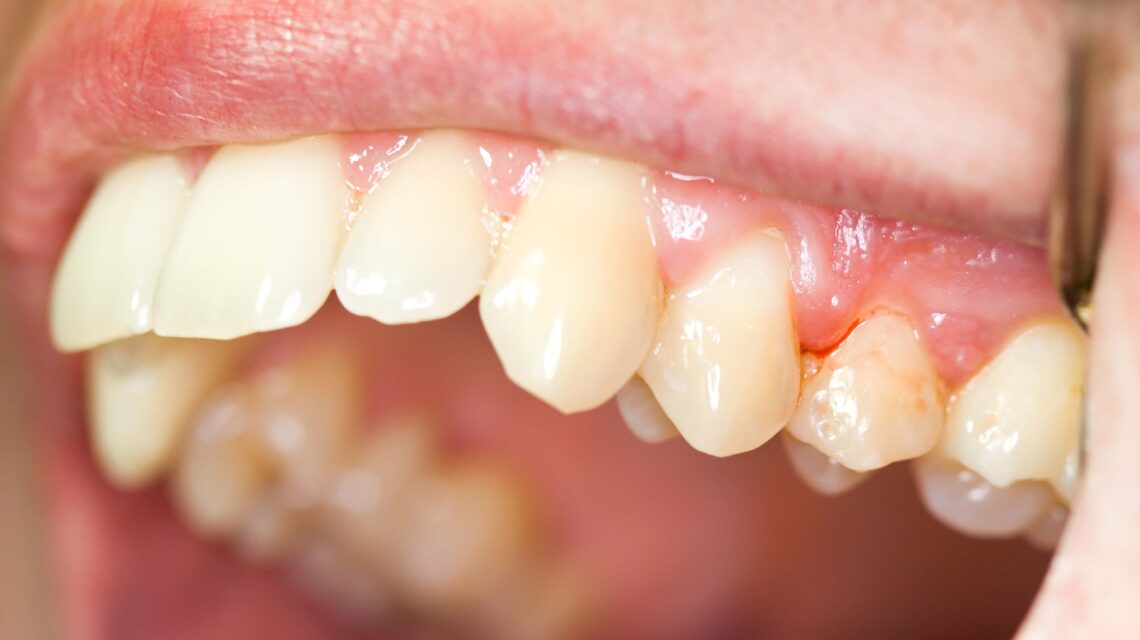Gingivitis, a common and mild form of gum disease (periodontal disease), causes irritation, redness, and swelling (inflammation) of your gingiva, the part of your gum around the base of your teeth. It’s important to take gingivitis seriously and treat it promptly. Untreated gingivitis can lead to much more serious gum disease called periodontitis and tooth loss.
Table of Contents
Understanding Gingivitis
Gingivitis is typically caused by poor oral hygiene that encourages plaque to form on teeth, leading to inflammation of the surrounding gum tissues. Here’s what you can do if you find yourself with symptoms of gingivitis.
Step 1: Improve Your Oral Hygiene
- Brushing: Brush your teeth twice a day. Use a soft-bristle toothbrush and fluoride toothpaste. Brush gently to avoid bleeding and irritation.
- Flossing: Floss daily. It removes food particles and plaque between teeth and along the gum line that your toothbrush can’t reach.
- Rinsing: Use an antiseptic mouthwash daily to help reduce plaque-causing bacteria and to relieve irritated gums.
Step 2: Lifestyle Adjustments
- Diet: Reduce your intake of sugary foods and drinks. Sugar encourages plaque and bacteria growth. Eat a balanced diet rich in vitamins and minerals, particularly Vitamin C, which is crucial for gum health.
- Smoking Cessation: If you smoke, try to quit. Smoking is strongly associated with the onset of gum disease, as it weakens your immune system.
Step 3: Regular Dental Visits
- Schedule regular dental checkups. Professional dental cleaning is the only way to remove tartar (hardened plaque), which traps bacteria along the gum line.
- Inform your dentist about the symptoms of gingivitis. They can provide a more thorough cleaning and guide you on specific oral hygiene practices.
Step 4: Consider Professional Treatment Options
- If symptoms persist, your dentist might recommend professional treatments. These can include deep cleaning procedures like scaling and root planing, where tartar is scraped away from above and below the gum line, and rough spots on tooth roots are made smooth.
Step 5: Monitor Your Oral Health
- Pay attention to your gums. If symptoms of gingivitis worsen, such as persistent gum bleeding, increased swelling, or signs of infection, contact your dentist immediately.
- Keep track of changes in your oral health and discuss them with your dentist during your visits.
Conclusion
Gingivitis can be reversed with effective oral hygiene practices and regular dental check-ups. By taking immediate action and making lifestyle changes, you can improve the health of your gums and prevent the progression of gum disease. Remember, maintaining good oral health is crucial for your overall well-being.



